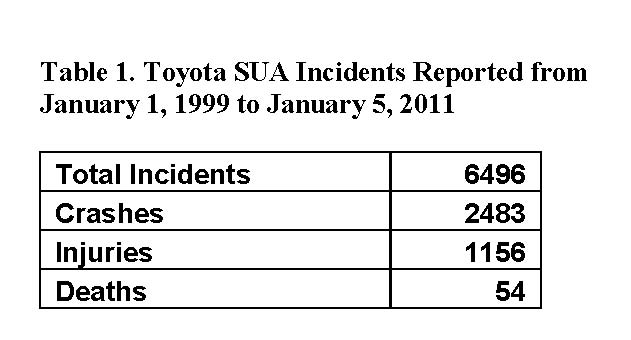Today, Safety Research & Strategies called on the National Highway Traffic Safety Administration and the industry to correct a longstanding safety problem: seat heaters that injure disabled drivers and passengers. With no government or industry-wide standards, manufacturers have installed a variety of seat heater systems – some that reach temperatures significantly above human tolerances or have no automatic shut-off mechanism – or both. While most drivers know when to turn a hot seat off, occupants with lower body sensory deficits don’t feel the burn. The medical literature has been documenting serious and permanent burn injuries from car seat heaters to occupants with paralysis or diabetes since 2003. Disabled motorists have been complaining about the problem to NHTSA since, at least, 2002. The industry’s response has been to bury a warning in the owner’s manual. NHTSA’s approach to seat heater defects has been: no flames, no problem. These are preventable injuries – and it’s time government and industry began preventing them.
The medical community has joined us in this campaign. We encourage readers to do the same by sending NHTSA, The Alliance of Automobile Manufacturers, and the National Mobility Equipment Dealers Association letters supporting changes in standards and practices.
See below to read our briefing paper and our requests to NHTSA and the industry:
Feb. 22, 2011 Safety Research & Strategies, Seat Heater Injuries
Feb. 22, 2011 Letter to NHTSA Administrator David Strickland
